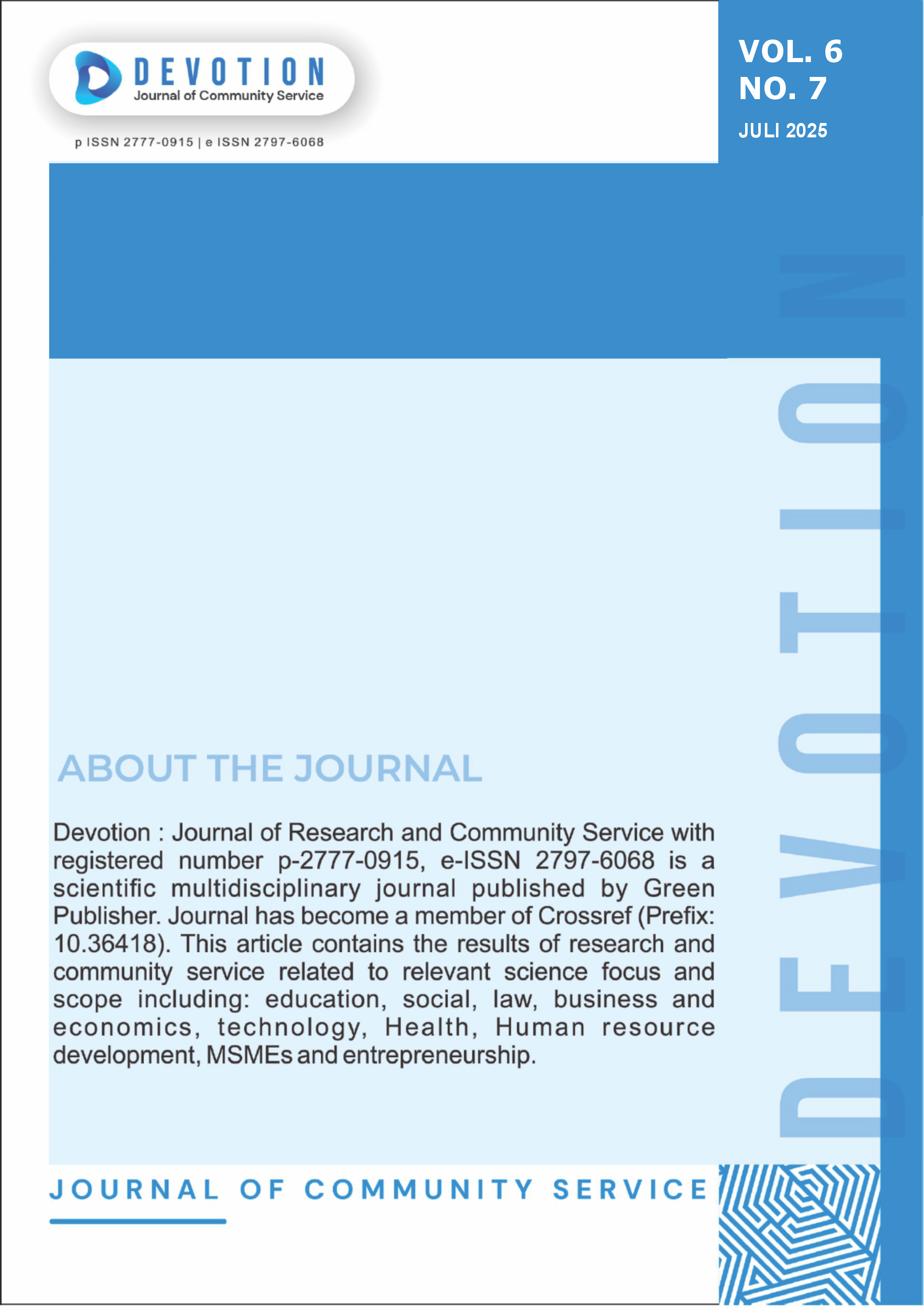Normative Study of the Inconsistency of the Supreme Court Circular Letter Number 2 of 2019 with Statutory Regulations in Bankruptcy Filing by Workers
DOI:
https://doi.org/10.59188/devotion.v6i7.25479Keywords:
supreme court circular letter, bankruptcy, workers, legal problemsAbstract
This research is motivated by the dualism of considerations and decisions of judges in addressing bankruptcy applications filed by workers, which prompted the Supreme Court to issue Supreme Court Circular Letter Number 2 of 2019. This study aims to analyze the legal problems in terms of substance in the circular letter as a legal basis for workers filing for bankruptcy. The method used is normative legal research with a statutory and a conceptual approach. The research results indicate that there are several legal problems in the substance of the Supreme Court Circular Letter Number 2 of 2019, including inconsistencies with the concept of bankruptcy in applicable laws and regulations, potential violations of absolute authority between the Commercial Court and the Industrial Relations Court, and the emergence of a legal vacuum that has an impact on legal certainty and protection for workers as creditors. The findings of this study have significant implications for both legal practice and policy. Firstly, the inconsistency in the application of bankruptcy law for workers creates confusion and limits workers' rights, undermining their ability to access timely justice. Furthermore, the legal vacuum caused by the circular letter highlights the need for clearer legislation to align judicial practices with constitutional rights. The study calls for a revision of SEMA Number 2 of 2019 to ensure workers are granted equal legal protections and access to bankruptcy processes, strengthening their bargaining position and guaranteeing their rights as creditors. Additionally, this research could guide lawma.
Downloads
Published
Issue
Section
License
Copyright (c) 2025 Lingga Nugraha, Binsar Jon Vic

This work is licensed under a Creative Commons Attribution-ShareAlike 4.0 International License.
Authors who publish with this journal agree to the following terms:
- Authors retain copyright and grant the journal right of first publication with the work simultaneously licensed under a Creative Commons Attribution-ShareAlike 4.0 International. that allows others to share the work with an acknowledgement of the work's authorship and initial publication in this journal.
- Authors are able to enter into separate, additional contractual arrangements for the non-exclusive distribution of the journal's published version of the work (e.g., post it to an institutional repository or publish it in a book), with an acknowledgement of its initial publication in this journal.
- Authors are permitted and encouraged to post their work online (e.g., in institutional repositories or on their website) prior to and during the submission process, as it can lead to productive exchanges, as well as earlier and greater citation of published work.













